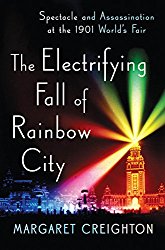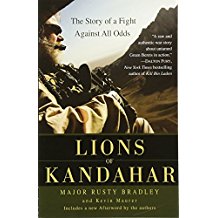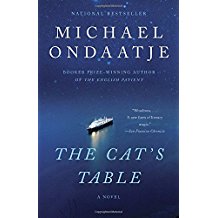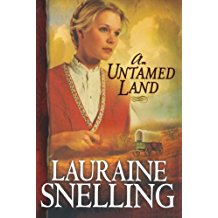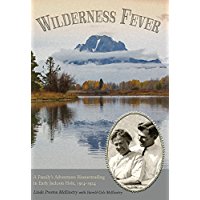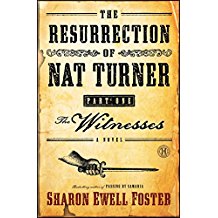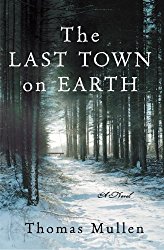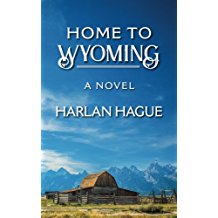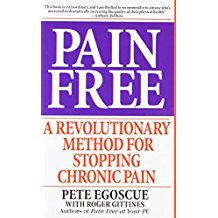 Pain Free: A Revolutionary Method for Stopping Chronic Pain, written by Pete Egoscue with Roger Gittines, offers a realistic and common-sense explanation of human physiology and reasons why we experience pain. By using gentle, specific exercises and stretches, chronic pain often can be treated without the use of drugs, surgery or extensive physical therapy.
Pain Free: A Revolutionary Method for Stopping Chronic Pain, written by Pete Egoscue with Roger Gittines, offers a realistic and common-sense explanation of human physiology and reasons why we experience pain. By using gentle, specific exercises and stretches, chronic pain often can be treated without the use of drugs, surgery or extensive physical therapy.
Pete Egoscue, a physiologist and sports injury consultant, outlines practical, powerful “E-cises” aimed at specific problem areas: feet, ankles, knees, hips, backs, shoulders, elbows, wrists, hands, neck and head. Each chapter contains specific exercises with illustrations. The exercises are not aimed at gaining strength, but rather putting unused muscles back to work.
Before doing the exercises, it is important to know why certain parts of the body cause pain. Pain tells us something is not happening that should be happening, and often what is not happening is adequate motion. Modern living makes it possible to function without going through the physical motions to accomplish daily tasks. It is true: the less we move, the less we are capable of moving. The body’s design, its foundation and framework, the musculoskeletal system, comprises of muscles, joints, bones, and nerves. For a properly functioning body, we must employ all the body.
Readers are encouraged to thoroughly read at least the first three chapters, then zero in on the particular body part that causes pain. The final chapter outlines ways we can stay pain free, to customize our daily routine to include the type of motion that will keep our entire body pain free.
I found Pain Free a valuable resource. Egoscue’s straight-forward approach to healthy living makes sense. Whether in pain, or just interested in maintaining a healthy body, Pain Free offers an understanding of the human body and its intended functions.


